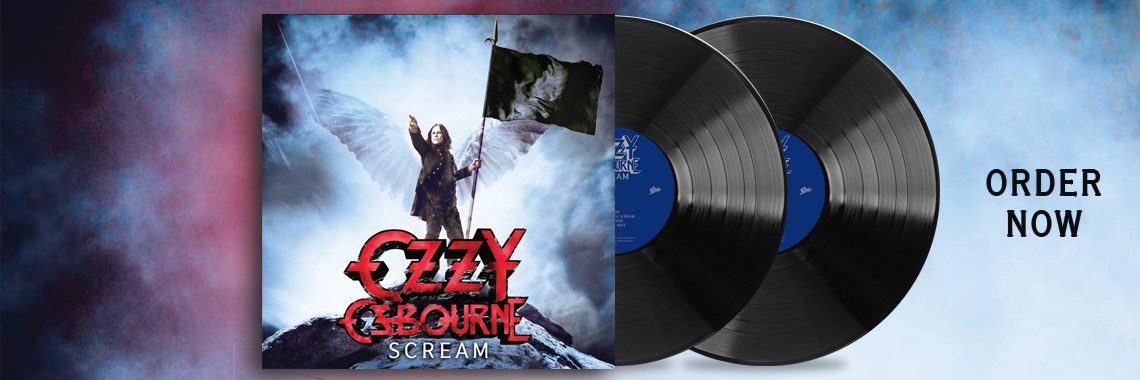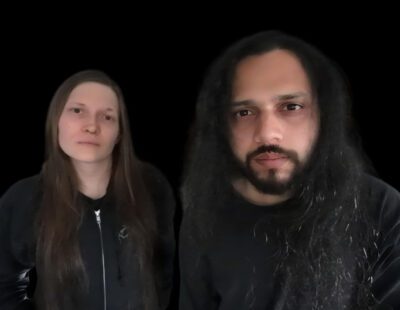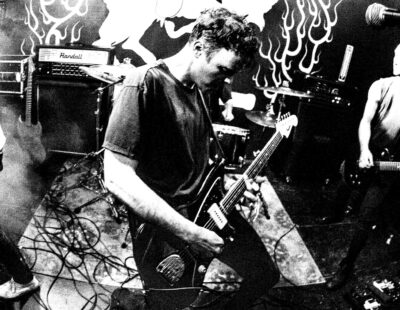
While we may not want to admit it to each other when engaged in the fruitless exercise of maintaining our street cred, we metalheads sometimes need to listen to something other than metal. At the same time, however, we may want to maintain a similar mood or feel to our usual death, black and doom standbys. Beyond obvious candidates like punk, hardcore, grunge, classical, there is one form of electronic music I’d like to call your attention to: Dark Ambient.
I first heard of this genre in 2013 while checking out some Spotify playlists from Corey Mitchell (RIP), metal writer, true crime author, and original co-organizer of the Housecore Horror Film Festival. As it happened, I was at work and needed something without constant riffing, blasting and “uuurgh”-ing to keep part of my brain occupied while also letting the other part concentrate. Upon starting with Lustmord’s Songs of Gods and Demons, I knew I’d come to the right place. I clicked on them first, as I remembered they’d worked with the Melvins at one point.
Little did I know that there’s an entire universe of ominous, creepy and chilling soundscapes to be found. Although I don’t want to generalize, two record labels stand out in their output of dark ambient music: Cold Meat Industry and Cryo Chamber. The scene traces its origins to a few places, but the industrial undergound of the 1980s (the same blackened soil that birthed Throbbing Gristle, Ministry and Nine Inch Nails), and the music of composers like Brian Eno are clearly a major part of its stylistic DNA. From there you get acts like the aforementioned Lustmord and other innovators like Raison d’être.
As a cursory listen with tell you, the synth- and effects-driven sound of dark ambient has some sonic cousins in drone, noise, and even black metal. Leviathan’s A Silhouette in Splinters and Fenriz’s Neptune Towers are some of the better-known examples (see also: Darkthrone’s “Order of the Ominous” from Sardonic Wrath). Many bands across many genres have used creepy ambient noise as intro or outro tracks, or perhaps as transitions within a larger piece of music. Dark ambient and its many, many variations basically take this dramatic device and uses it as its…well…raison d’être.
Some acts, like Kammarheit, tend to stick to barren moods reminiscent of wandering a field at night, or a street with no lamps on. Whereas others, like Apocryphos and Atrium Carceri, add more instruments into the mix to create what Cryo Chamber calls “cinematic ambient.” The title is apt, as some of Atrium Carceri’s material resembles the soundtrack to a Resident Evil game or the part of a horror movie between the action scenes (yes, death ambient and horror ambient appear to have their own little hamlets as well). The use of piano on many tracks is especially effective at creating the eerie atmosphere.
The man behind Kammarheit has a side project as well called Cities Last Broadcast. As you might imagine, the sound evokes the feeling of being on Earth after the apocalypse, a massive nuclear war, or the complete breakdown, collapse and abandonment of civilization. Additionally, the various projects (many of them originating in Sweden) have collaborated on albums like Onyx and Echo.
For something seemingly so barren and simple, it’s awfully powerful and, at times, terrifying and hauntingly thoughtful. There’s an overriding sense of reaching the edge of knowledge or existence, or an exploration of that now well overused term, the void. And into this void goes our nightmares, fears and all sorts of monsters and demons (hence the copious use of the Cthulu mythos). In fact, Atrium Carceri tends to provide flavor text for its albums that fits many of these themes (as well as our past cannibalism as the explanation for why we like to make out…eeeesh). Throughout the text here, I’ve left a smattering of some of the tracks that have made an impression on me, played as background for some writing, or lent me a break between my usual listens of Under a Funeral Moon and Like an Everflowing Stream.







